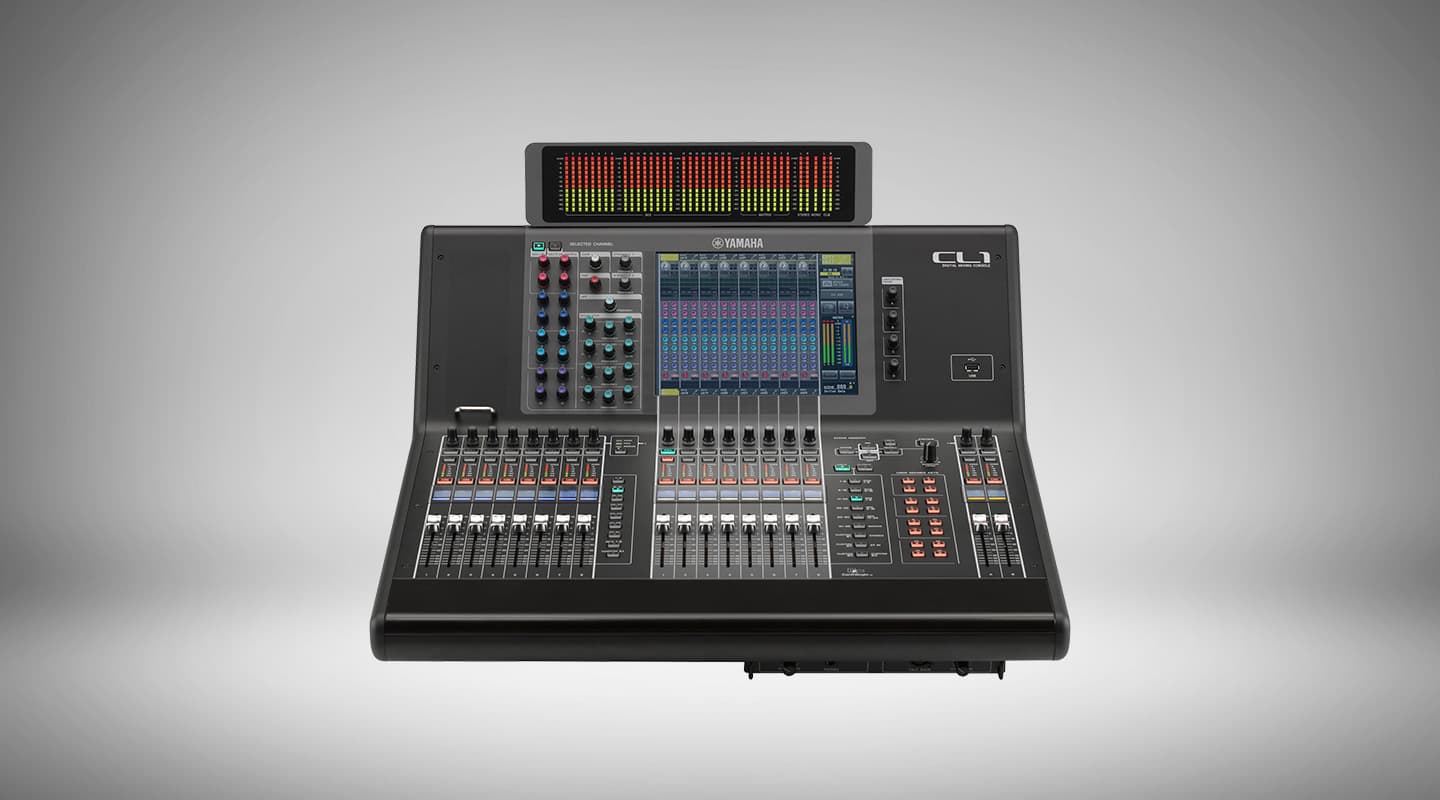
Yamaha CL Series
Digital Mixing System
Review:/ Trevor Cronin
Over 25 years ago Yamaha became one of the pioneers of digital audio, with the DMP7 being its first digital mixer. It has since offered the pro audio world a vast array of popular digital mixing consoles. The Yamaha PM5D large format mixing console has been an industry standard for many years along with the smaller M7CL, LS9 and 01V live mixers and the O2R and DM series studio consoles. Price-wise, the CL series fits in somewhere between the PM5D and the M7CL, but depending on what configuration is purchased, it can far exceed the capability and functionality of both.
THE PACKAGE DEAL
This is a complete audio interface and mixing system that allows for the full range of audio-related input, control, manipulation, storage, output and distribution of audio signals required for any AV production environment. It’s a very powerful package, combining technologies from many of the leading players in the professional audio world with Yamaha’s own wealth of leading technologies and manufacturing. New for Yamaha, the system uses the Australian-developed Dante digital audio network for passing audio in and out of the system, with remote stage boxes and other devices connected via Cat5 cables. It’s a big move to discard the commitment to Ethersound on this new product. Obviously Yamaha figures that Dante is the best system currently available.
The new console sticks with the existing Centralogic user interface with a touchscreen not dissimilar to the M7CL model, featuring a bigger and better viewing area and much faster operation. The fader name display is now large and fully customisable with colours (a little like a Midas), and feature an encoder for gain, pan, etc. Continuing with the existing Yamaha standard, three mini YGDAI card bays are included for connection of a large range of interfaces.
Yamaha and Lab.gruppen have teamed up to allow Lake Processing (another Australian developed technology) on the new MY8-LAKE expansion card. The card provides 8-in/8-out Mesa system EQ, 4-in/12-out Contour speaker crossover, and 4-in/4-out and 2-in/6-out Mesa and Contour combination modes. The Mesa EQ can also be used on input sources. The Lake Controller application running on a computer allows full access and management of Lake, and compatibility with Smaart Live analysing and speaker tuning software. There is also a new Dugan Designs automatic microphone mixer card (MY-16). Check out the Yamaha website for available cards. www.yamahaproaudio.com
ON STAGE WITH RIO
The CL relies on the all-new Rio external stage boxes for its connections. I say ‘all-new’ because the Rio houses a new mic preamp design that have a handy new gain sharing feature (similar to what Digico operators are used to) that allows two or more consoles to adjust the head amp gain without affecting each other’s settings – so no more arguments between front of house, monitors and broadcast engineers. The new Rio head-amps are certainly better sounding, not thin or harsh sounding even when levels are near maximum. Yamaha has generally been playing catch-up when it comes to the overall sound of their products and with the CL they have managed to make large improvements.
Two Rio options are available: the 5U Rio3224D provides 32 ins, 16 outs, and four AES/EBU digital outputs, and the 3U Rio1608D has 16 ins and 8 outs but no AES. Up to eight units can be connected to the console. Via console control you can flash LEDs on the boxes to show which box or channel needs to be patched. No doubt there will be some new products to supplement these two models in the future with different input and output options. Being Dante you can use the Rio boxes with any other Dante system, or Ethernet enabled computer. Add Dante cards to your PM5D and use the Rio units, or hook up a computer to a Rio3224D for a very small and practical 32-in/16-out recording system.
MORE INFO
Yamaha CL Series
Digital Mixing System
PRICE
CL5: $30,000; CL3: $27,500; CL1: $19,700
MBCL: $1500; Rio3224D: $9500; Rio608D: $6000
CONTACT
Yamaha Commercial Audio: (03) 9693 5272 [email protected]
CENTRALOGICAL IN USE
At this stage there are three consoles available – CL1, CL3 and CL5. The CL5 package can have a maximum of 72 mono inputs and 40 outputs, and features 34 faders. For monitor mixing duties you can configure 32 mixes (24 mix and 8 matrix busses) all with output EQ.
The console interface will feel comfortable to users of other Yamaha mixers due to the continued use of the Centralogic interface, which is also where the console gets its name – CL= Central Logic. For those new to Yamaha digital mixers, it’s laid out in a way that should offer little difficulty getting your head around how it all works. There are enough knobs, buttons, faders and meters to use before needing to touch the screen. Build quality is superb, using a strong one-piece aluminium extrusion, which is quite an impressive piece of engineering.
Internally the system uses the Yamaha operating system and features all-new DSP along with new faster and higher capacity electronics. This makes the CL more powerful and energy efficient compared to previous models. There are plenty of great new features to make the life of live sound engineers just that bit easier.
LIVE RECORDING
Record and playback from a USB key is a great Yamaha feature that has again been included in this unit. It is only in ‘lo-fi’ MP3 (or WMA/ACC) format, so fine for the intro music and a quick recording for reference. For higher quality recordings a PC or Mac computer with Dante network drivers can run the included Steinberg Nuendo ‘Live’ multi-track hard disk system for show recording and virtual sound check/general playback.
No extra interface is required as Dante uses the computer’s high-speed network port for bi- directional transfer. More than one computer can be used at the same time – such a great feature for critical live recordings or playback.
The Integration of Steinberg’s Nuendo using Dante is a fantastic feature, it allows for state-of-the-art recordings for very little extra cost (no need to bring in the OB truck). Steinberg is owned by Yamaha and the console features a slightly stripped down version of Nuendo that can handle 64 inputs and 64 outputs. Tracks are automatically named from the console inputs and there is a 60-second pre-record function, so you don’t miss the start of the show! Any ASIO-compatible recording software can also be used if you prefer, or a standalone recorder such as the JoeCo Black Box with Dante interface.
COMPUTER LINK
Superseding the Studio Manager software, the new on/off-line editing and configuration software is much easier to set up, it doesn’t require an extra driver and goes online nearly instantly. There is a new file converter so you can convert PM5D/M7CL/LS9 show files for use on the CL. Wireless remote control of the console is really easy with the iPad application, with iPad and editor control of the system able to both work at the same time. Smaller shows and static setups will no longer need an extra console for monitoring if there is someone knowledgeable in the band with good ears and an iPad. Overall it’s a really well sorted integration with external computers, well done Yamaha.
The smallest model (CL1) weighs under 32kg in a flight case, so is able to be put on an aircraft as checked luggage, with the Rio interfaces and cables in a separate case.
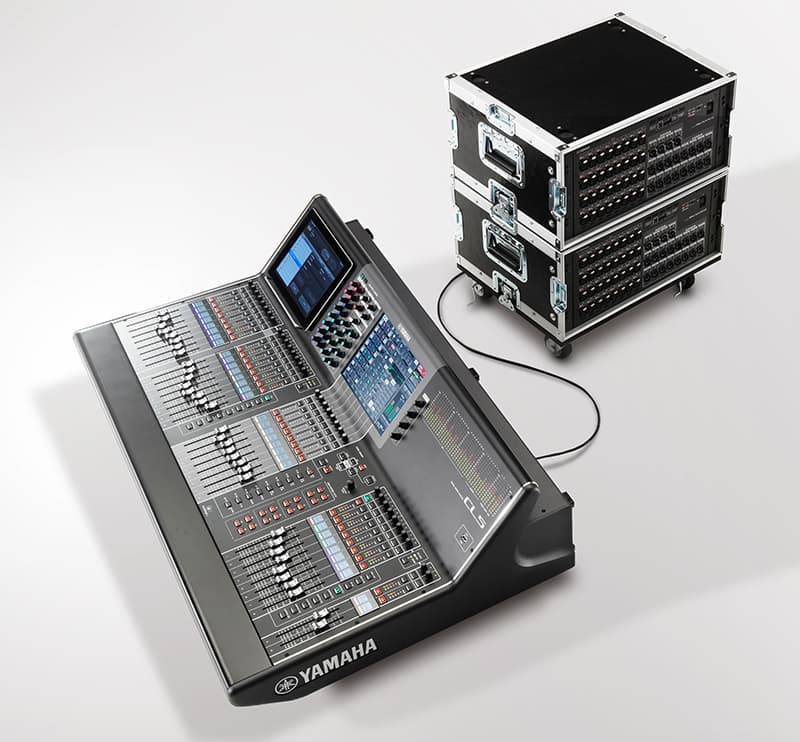
DANTE CHEAT SHEET
Standard IP Network Protocols: Only need one standard network that can handle any sample rate or bit depth. Achieves low latency and tight sync.
Zen: No specialised skills required to set up an audio network. Won’t be any IP address conflicts.
Universal Control Capability: Control data and audio distribution on the one network. Dante network happy to ‘share’ with personal computers.
Flexible Channel Routing: Efficient multicast pruning. Unicast for point to point. Redundant channel connections.
Channel Count: Better than 48 x 48 channels at 48kHz on a 100BaseT network. Better than 512 x 512 at 48kHz on gigabit ethernet.
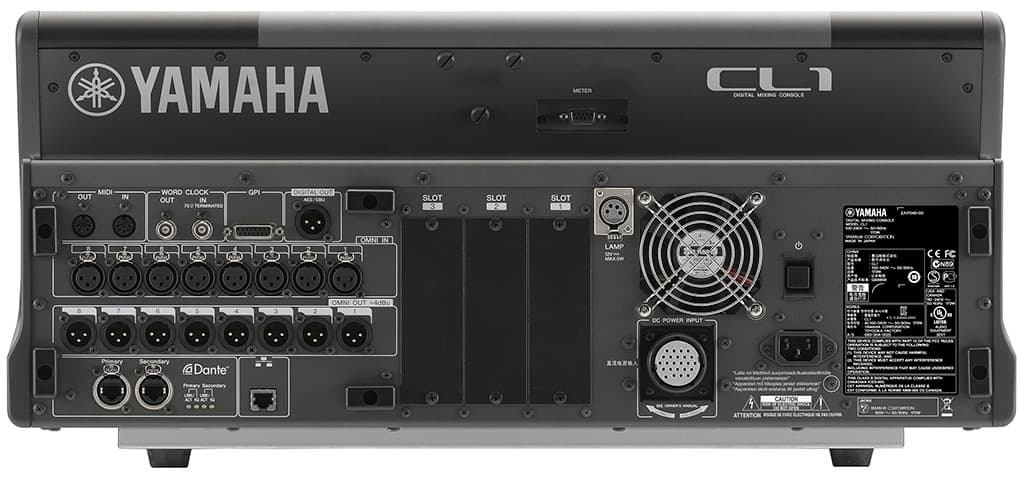
HANDY NEW TOOLS
Yamaha has included some great tools that speed up workflow – graphic EQ on faders, sends on faders and customisable grouping of input channels, along with user configurable buttons and knobs. ‘Touch & Turn’ is a fabulous new feature that allows a user assigned knob to be instantly associated with any knob touched on the touch screen. In another new approach the mute groups can now be configured as ‘dimmer groups’. It’s a one-button solution to instantly reduce the level of included channels by a pre-programmed amount.
The feel of this console, the new faders, control knobs and touch screen all have a positive fast and sensitive analogue touch, which is a big improvement from previous Yamaha efforts.
Virtual Circuit Modelling (VCM) technology has allowed Yamaha to present the sound and functionality of Neve Designs’ EQ and compressors as on-board processors along with a bunch of great sounding new processors in the ‘Premium Rack’, along with all our favourite Yamaha digital effects from the past.
There are the equivalent of eight SPX effects units onboard along with eight of the new ‘premium’ effects machines that offer realistic sounding emulations of Pultec EQ, Urei 1176LN and Teletronix LA2A compression, and Neve Portico processors. The sound and functionality of the effects and processors is the best yet from a Yamaha digital console. I really like the tonal colour of the Rev X reverb, and Neve Portico 5033 EQ and 5043 Compressor, while the Dynamic EQ is very powerful. There is also a Waves MY effects card available if you need extra plug-ins.
THE CASE OF CL
For the price, Yamaha has produced what is arguably the most complete solution available for the control of audio for live performance and live recording. There’s no waiting here for the next version of firmware or software upgrades for all the great features and capacity to operate correctly, seems it’s been sorted already. Yamaha has also signed off on Dante as the world’s preferred system for transmission and control of digital audio. It looks like there is now a clear leader in the digital format competition – good news for this Australian-developed system. It offers great value for the package of capacity and features it supplies.
Certainly the fact Yamaha has aligned itself so heavily with Dante will give it a big leg-up in the AV installation sector. Any venue using Dante can seamlessly plumb a CL into its network. In fact, the possibilities are very enticing. A small inventory of CLs could easily account for a whole variety of duties within a larger venue – wherever there’s a Cat5/6 patch panel… in the foyer, courtyard, meeting room, restaurant etc. What’s more, pop a cheap-as-chips Dante card into a PC and you have full multitrack recording and playback anywhere on the network. The savings on audio specific cabling – whether it be copper, fibre, coax or bespoke, Ethersound-style protocols – would be considerable.

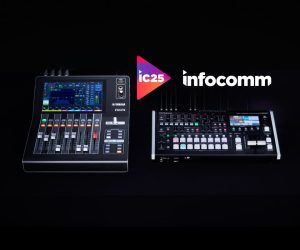
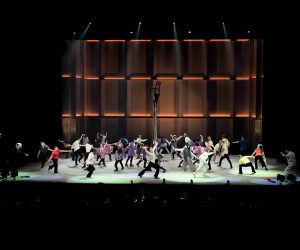
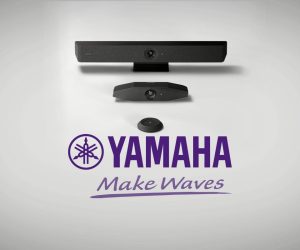


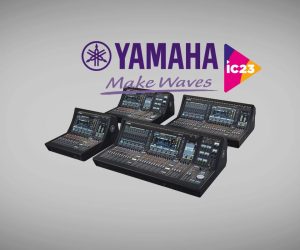







RESPONSES